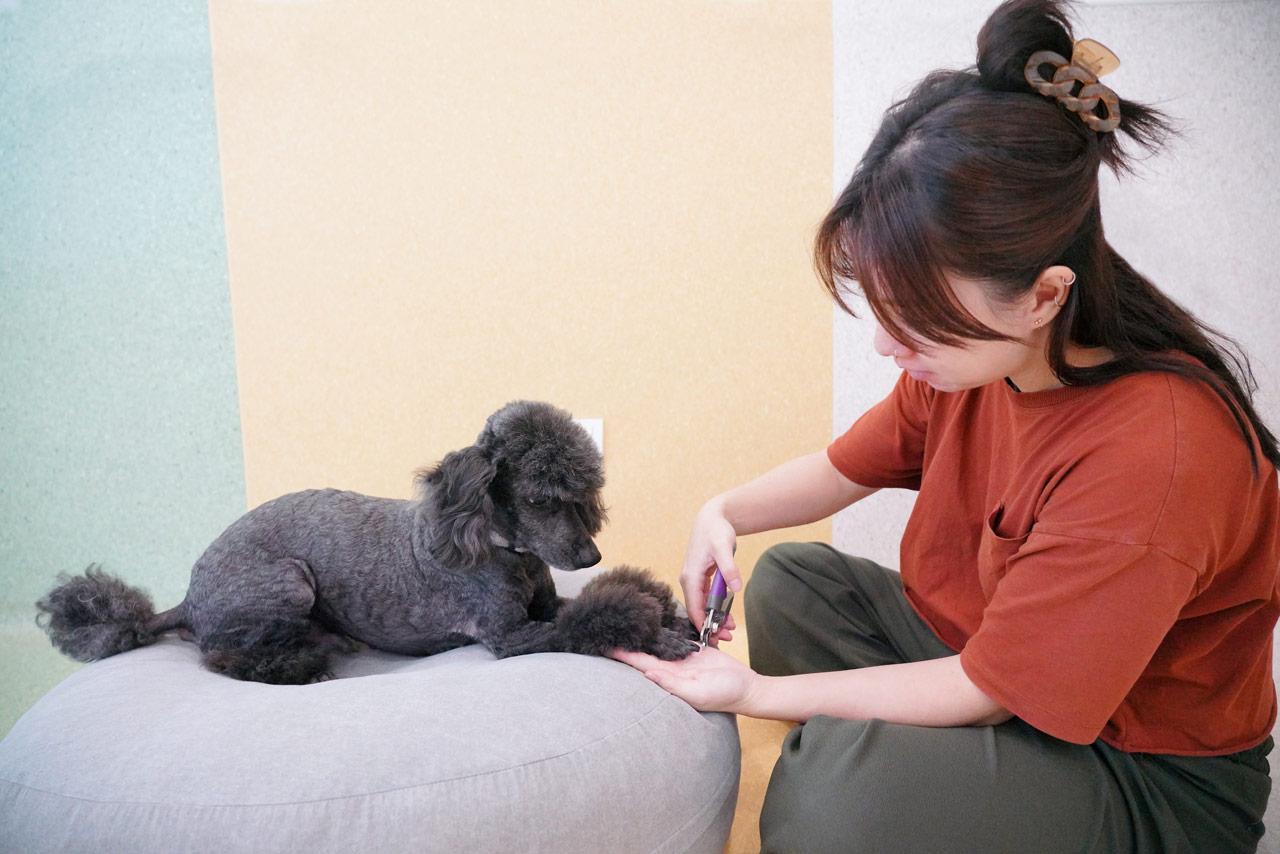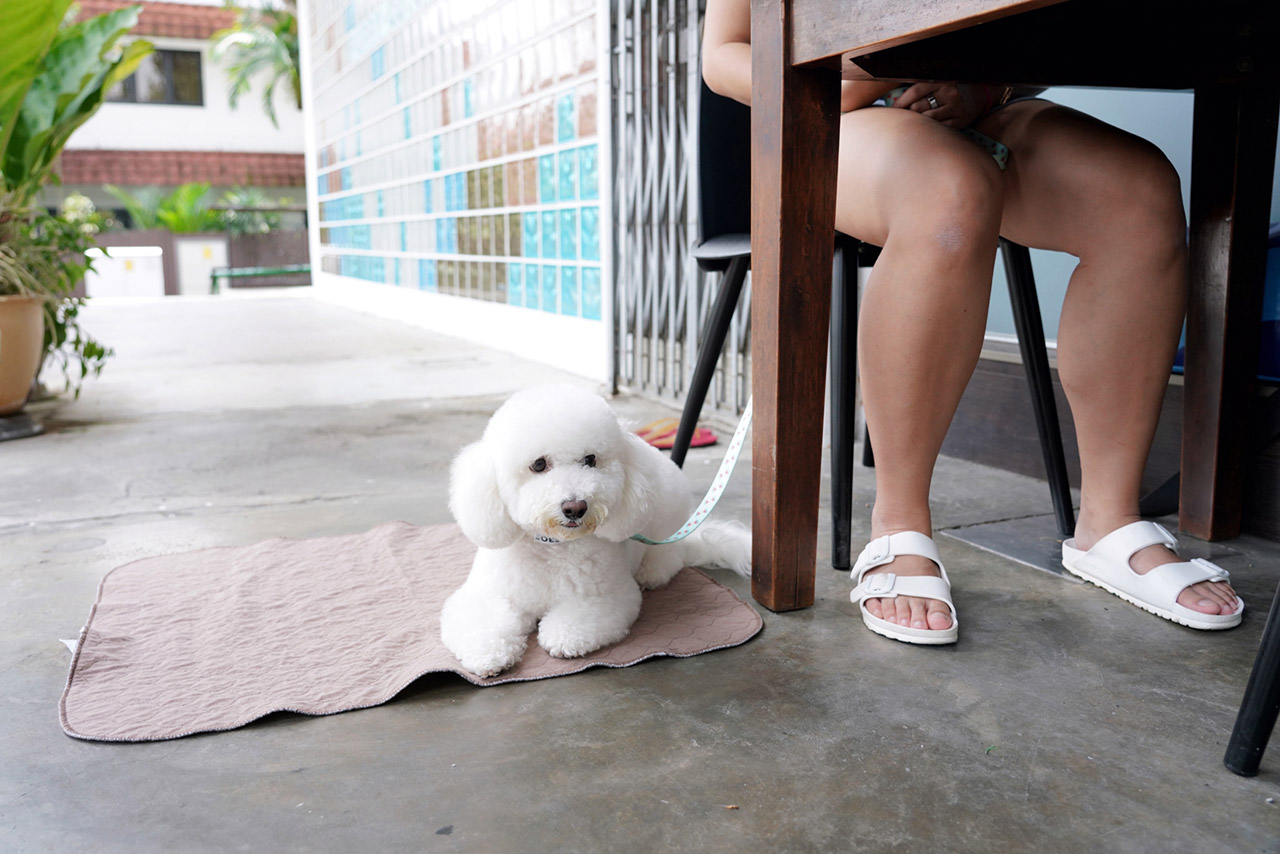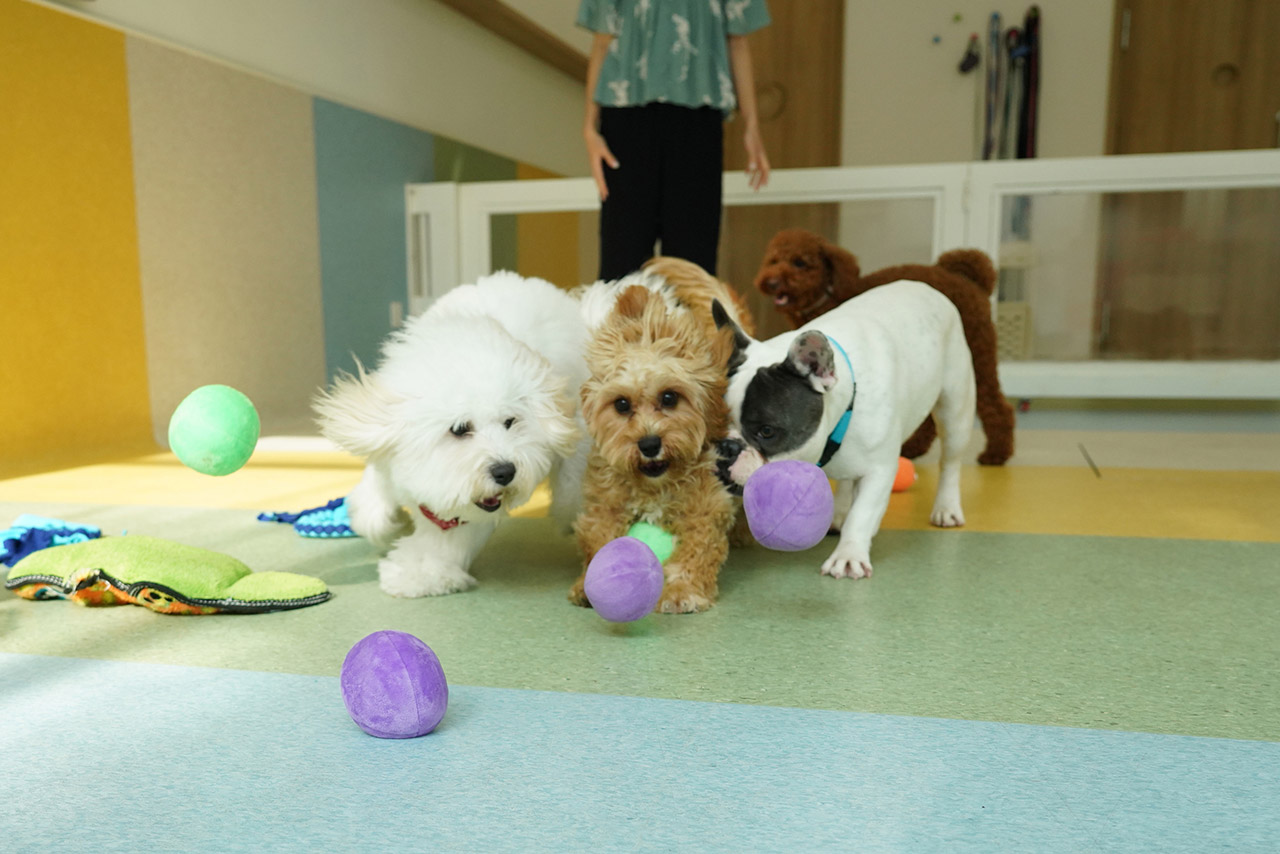Resource Guarding
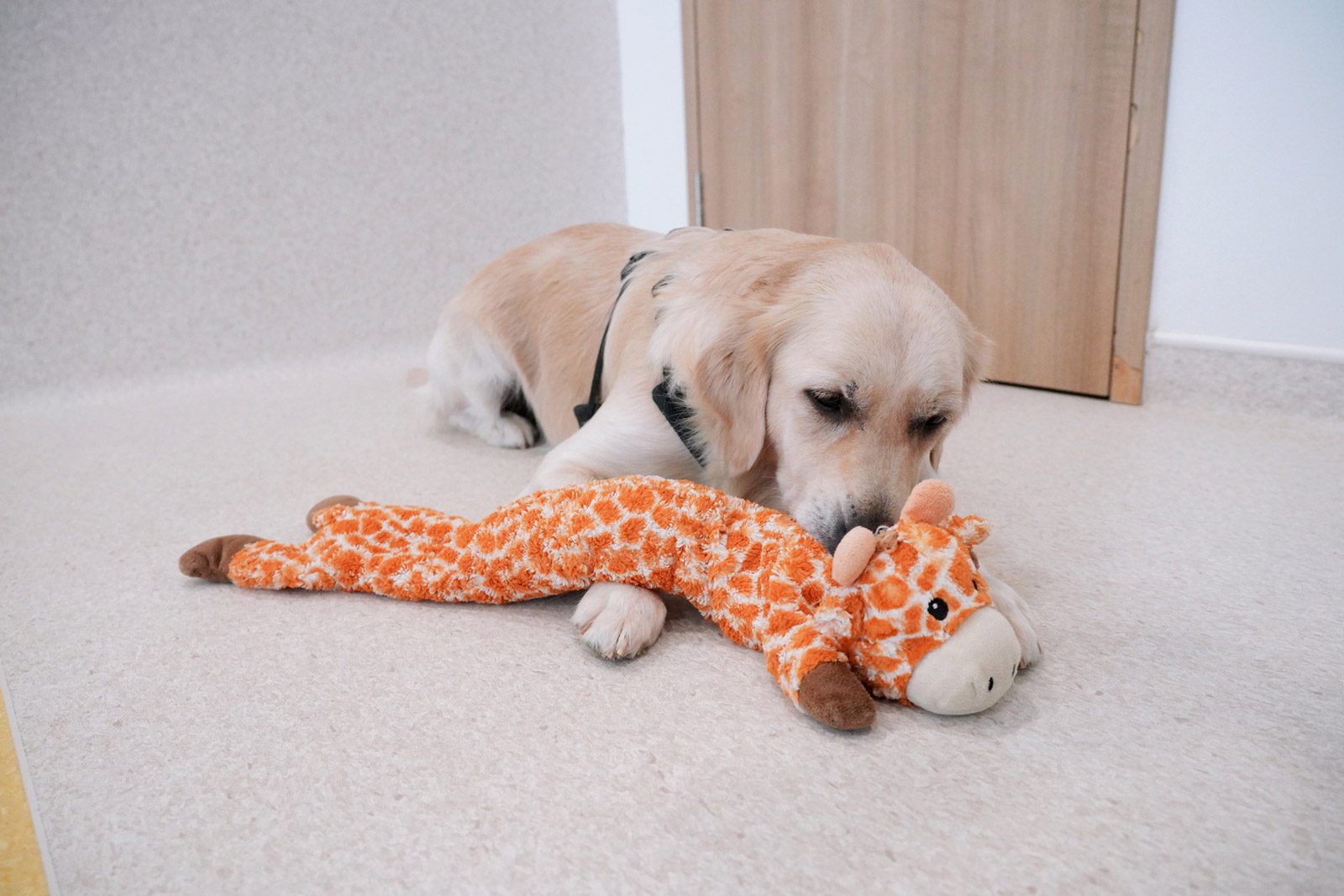
Understanding your dog's threshold of stimulation
What is Resource Guarding?
Resource Guarding, also known as “Possessive Aggression” (as termed by the Certified Applied Animal Behaviorist (CAAB) Emeritus, Patricia McConnell, Ph.D.), is a behaviour that is exhibited when dogs growl, lunge or bite over toys or food because they perceive their valuable resource being taken away. While it is a natural dog behaviour, it is not a desirable one in a domestic setting as it can lead to more dangerous problems when they decide to bite or fight over an item with a human involved.
Dogs who exhibit this behaviour do not differentiate between those who are only passing by and those who are going to take their item away. So, they are responding to the trigger and not the actual action that comes after, because they already perceive the trigger as a threat.
In general, they are acting in a way that discourages others from getting too close or to take their valuable resources. Some body language to watch out for include stiffening their body over an item, staring hard, ‘whale eye’ (seeing the whites of their eyes), lifted lips, low growling and bared teeth. In developing and ‘milder’ cases, less intense guarding behaviour can look like eating faster, freezing, moving an item away, bracing their body over the item, side-eye staring to track the person or dog approaching, or pinning their ears flat against their head.
Food, toys, people and spaces are common things that can be guarded, though sometimes, other unconventional items or actions (that are high-value to your dog) can be guarded as well.
NOTE: There could be other underlying behaviours that can be indicative of other issues, so it is important to check in with your vet to rule out any health issues first, then review your dog’s history with a vet or behaviourist before attributing resource guarding as the primary or sole cause of the behaviour.
Resource Guarding can be prevented from escalating through training in the early stages when discovered. Environmental factors that affect the intensity of Resource Guarding include genetics, stress, context, underlying medical issues, inherent value of item presented, or history of resource scarcity.
Since the causes and contexts of guarding differ for each dog, our lead trainer will work closely together with you to understand the issue before designing an appropriate treatment plan for your dog.
About our lead trainer
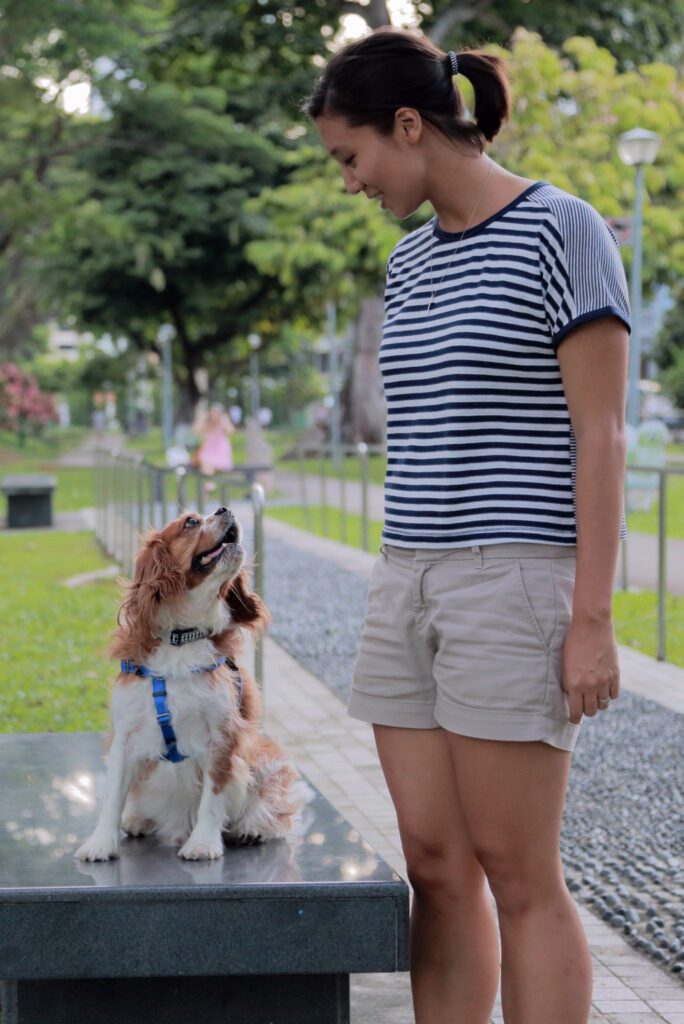
Having completed Michael Shikashio’s master course in dog aggression, Kristina is able to interpret a wider array of specific dog body language in a variety of cases. She also employs the use of science-backed methods and research in the field of canine behaviour and learning to identify the cause of your dog’s problem behaviour. After ruling out any possible medical conditions, a suitable treatment plan will be developed for your dog.
Read more about Kristina and her training methods by clicking the button below!
Think your pup needs this?
We are only taking behaviour modification cases from referrals by veterinary professionals at the moment.
If you have a referral from a vet, please reach out to us through our Contact Us page!

